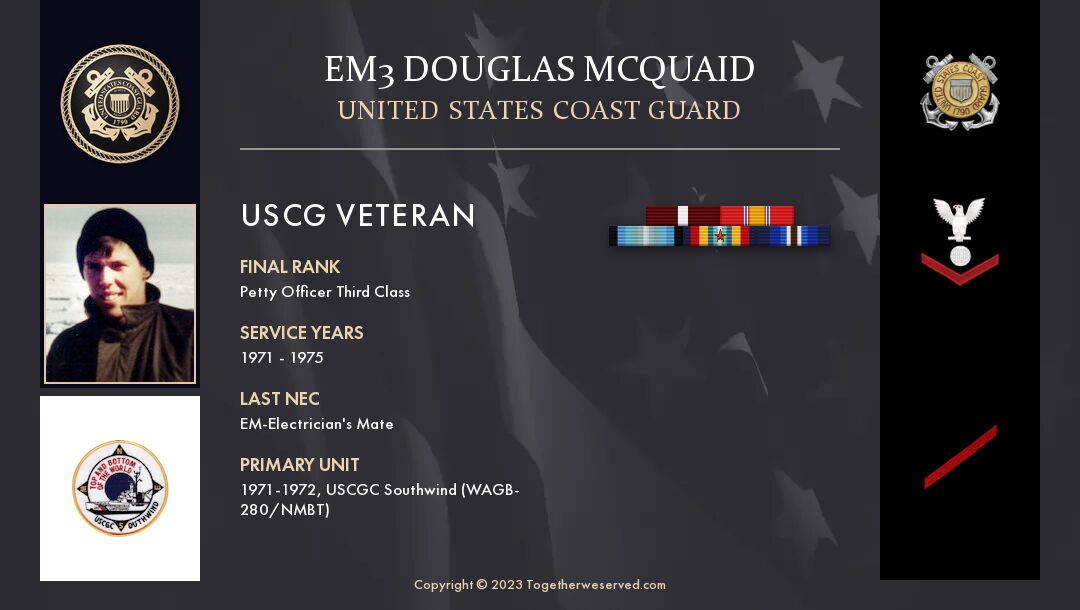With much of the world already at war, December 7, 1941 proved not only a day that would live in infamy but for most Americans, an event that would redefine their world. This impact was no more significant or immediate than for US citizens of Japanese ancestry and in particular second-generation Americans, or Nisei. Since 1937 the Japanese invasion of China and atrocities inflicted on civilian populations sickened most of the world, punctuated by the undeclared attack on Pearl Harbor. Unfairly stricken with the effects of these acts the Nisei refused to be victims of these events, but instead, set a course to undeniably prove both their competence and loyalty. Driven by this quest, the 100th Infantry Battalion performed with distinction and rose to become the most highly decorated unit for its size in US military history. Remember Pearl Harbor On December 7th, many Americans of Japanese Ancestry lived in Hawaii and served in the 298th and 299th Infantry Regiments. Following the...











